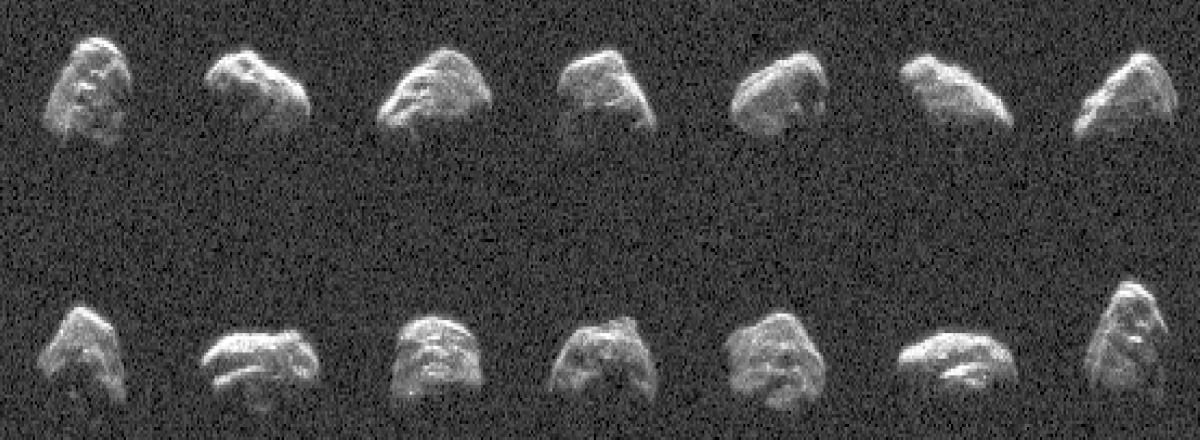NASA's Radar System Recorded Two Near-Earth Asteroids
These observations were made using the Goldstone Solar System Radar. The radar system transmits radio waves to the asteroids and captures the reflected signals, enabling scientists to analyze their orbits, shapes, and surface details.

NASA recently captured images of two large asteroids, 2024 MK and 2011 UL21, as they made close approaches to Earth. Despite their potential hazard classification, neither posed an immediate threat, offering astronomers a unique opportunity to study these space rocks.
The smaller asteroid, 2024 MK, about 150 meters wide, came within 295,000 kilometers of Earth on June 29, slightly more than three-quarters of the distance to the Moon. Detected just 13 days prior, its close proximity allowed scientists to use radar imaging to capture detailed features, revealing concavities, ridges, and boulders on its surface.
Two days earlier, on June 27, the larger asteroid, 2011 UL21, measuring approximately 1.5 kilometers in diameter, passed Earth at a distance of 6.6 million kilometers. This was its closest approach since its discovery in 2011. Radar images showed the asteroid is roughly spherical and has a small moon orbiting it. Such binary systems are common among large asteroids, providing crucial information about their formation and characteristics.
These observations were made using the Goldstone Solar System Radar in California, part of NASA's Deep Space Network. The radar system transmits radio waves to the asteroids and captures the reflected signals, enabling scientists to analyze their orbits, shapes, and surface details.

